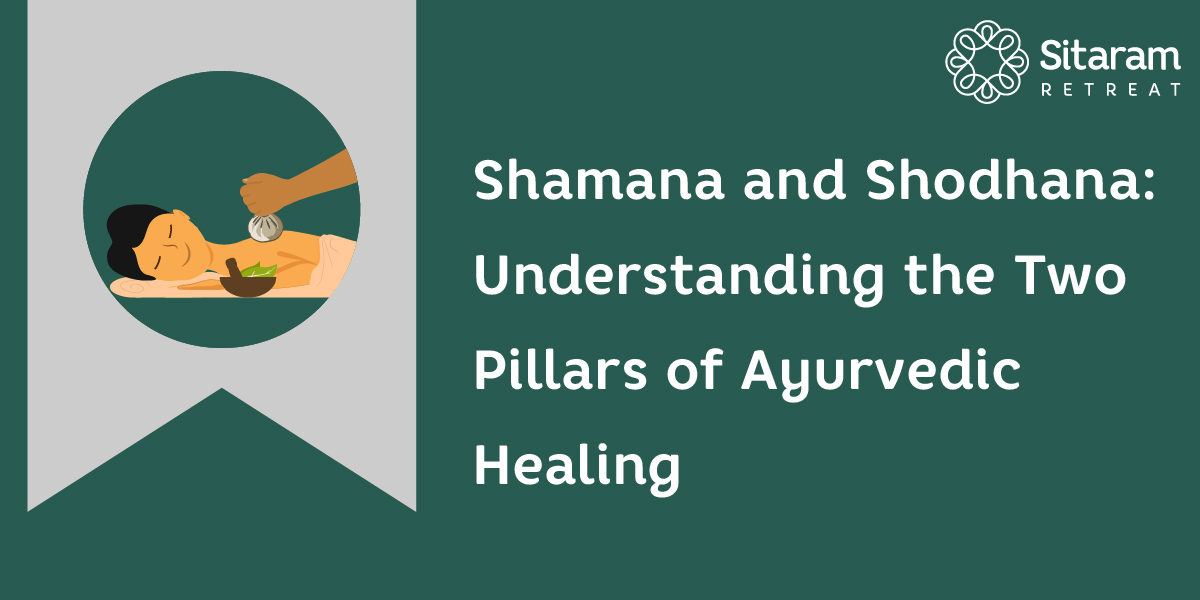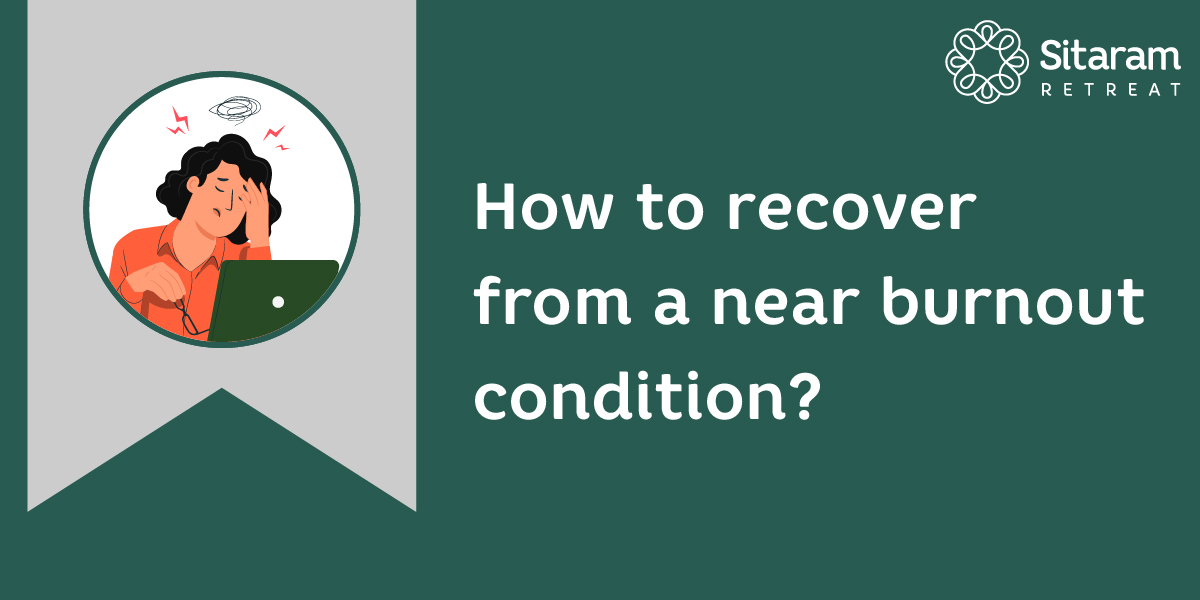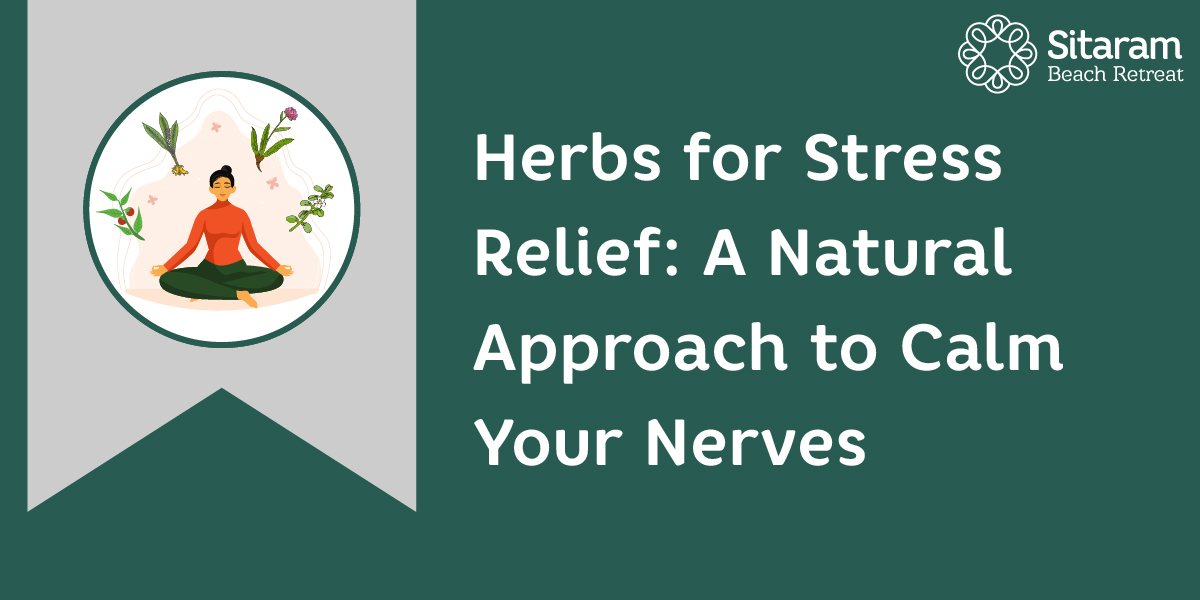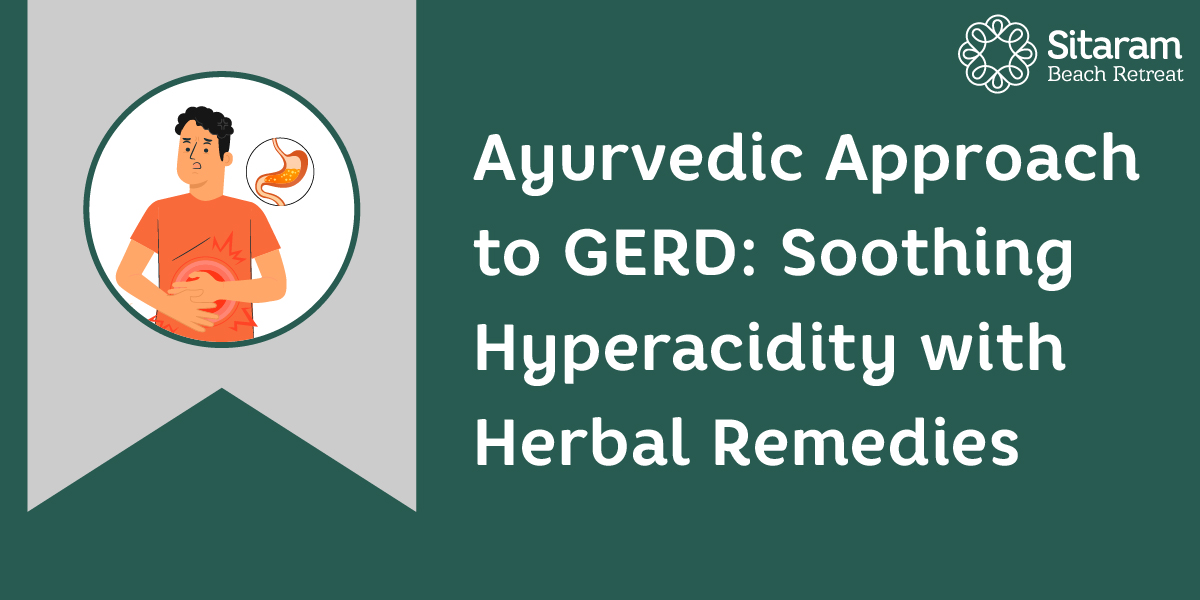Common Misconceptions About Panchakarma
By Vignesh Devraj

Panchakarma – the traditional detox is a part and parcel of Ayurvedic therapeutic procedure. This whole-body detox isn’t just about cleansing the body but aims at a complete mind-body detox, ensuring the purity and unity of the same. Panchakarma comes under the tag of ‘regular detoxes’ which restores the balance of health and thereby preventing diseases and maintaining the equilibrium of doshas. Apart from its cleansing actions, there are a lot of misconceptions about Panchakarma questioning its efficiency and complications.
Panchakarma or the ‘five actions’ technique involves the five basic body controlling activities like vomiting, purgation, medicated enema, raktamokshana and nasya. Panchakarma plays an important role in fixing ayurvedic treatment plans, as it effectively flushes out the toxins accumulated. The aggravated and vitiated doshas can cause various diseases, therefore the Panchakarma therapies not only help in healing your body inside out but also prevent diseases.
Why is Panchakarma an effective detox?
Vamana / Vomiting – This detox is highly effective to treat Kapha dominant imbalances, as it melts and draws the accumulated toxins to the upper body and pushes them out through the oral route with the help of emetic medicines.
Virechana / Purgation – This detox is highly recommended for pitta dominated imbalances and is based on the concept of clearing the bowels and pushing out the toxins through the anal route.
Basti / Medicated enema – This typical Vata treatment is highly effective even in chronic conditions. Here, the vata – hara drug preparations are directly administered into the rectum. Based on the type of medicine used – oil/decoction it is mainly of two types- Anuvasana and Niruha respectively.
Nasyam – This detox mainly aims at clearing the upper cavities of the body – the head area. Medicated oil is administered through the nostrils.
Raktamokshana – This blood purifying detox aims at removing impure blood and is done locally. Raktamoksha is highly effective in healing skin conditions.
These therapeutic detoxes are carried out only after bringing the doshas in a melted form either to the gut or beneath the skin through oleation and fomentation so that the channels of the body are free of any sticky doshas or remnants of mala formed.
Most of the panchakarma therapies are carried out at the beginning of the season as it is the time when the initiated doshas get accumulated in the body due to the food and other practices – improper observation of rtu charya / seasonal regimen.
The common misconceptions about Panchakarma therapies are :
● Spiritual origin – Many people believe that panchakarma therapies are something closely associated with Hinduism. Panchakarma is in no way related to any Hindu religious practices and is strictly a detox therapy.
● Vegetarian diet – another misconception about panchakarma is the necessity of following a strict vegetarian diet. Ayurveda suggests various dairy and meat products be made a part of the diet and is not always about following a vegetarian diet.
● Massage therapy – One of the most common misconceptions of Panchakarma is that many people believe panchakarma is all about taking up massage therapy and nothing else.
● Panchakarma is a basic treatment – Panchakarma is never a ‘relaxing therapy ‘for all. Any panchakarma therapy is suggested for an individual after a thorough analysis of age, sex, disease, doshic predominance and health status.
● Panchakarma is meant for only sick people – Panchakarma is not only meant for sick people but also can be undergone by healthy individuals as it helps in maintaining the balance of doshas while at the same time boosting immunity.
● Opting for panchakarma is about undergoing all of the five detoxes therapies at the same time: Nope, though the term panchakarma includes all the five detoxes, the type of detox suitable and necessary for your body is determined after proper body-mind analysis and neither a healthy nor a diseased individual is supposed to undergo all the five detoxes at a time.
● Raktamoksha or bloodletting poses a high risk of blood loss: This is a common misconception about the procedure as it lets the blood flow out of the body. Raktamokshana aims at removing impure blood to improve the circulation of the body and is only done under strict supervision and precautions to prevent excess blood loss.
● Panchakarma is an all-season plan: Even though panchakarma therapies are suggested at any time of the year depending on the disease condition and health status of an individual, it can be highly beneficial when done during the beginning of each season.
● Leech therapy / jalookavacharana: A common misconception about leech therapy is that any kind of leech can be used for the same. Leech therapy is performed using non-poisonous leeches which are made to undergo proper sodhana/ purification before and after use.
What are the dos and don’ts of Panchakarma?
- Panchakarma therapies should be suggested after proper analysis of dosha status and disease conditions. Therefore, it should be carried out only after the proper consultation of a registered Ayurvedic physician.
- Never hesitate to open up about your previous drug and surgical history. Also, make sure that your physician knows about your mental status too.
- Be aware of the fact that panchakarma based on the benefits is classified into:
○ Curative
○ Preventive
○ Conservative
Based on the needs of the body, your physician chooses what’s best suited for you.
What are the benefits of Panchakarma?
● Boosts immunity
● Balances dosha
● Improves overall health
● Increases stamina and vigor
● Strengthens joints
● Improves skin texture
● Improves digestion and metabolism
● Aids weight loss
Observing the seasonal regimens by modifying the diet and exercises according to the nature of the seasons can help in preventing the vitiation of doshas. Performing Panchakarma therapies at the beginning of each season according to the physical – and mental status of an individual can help in eliminating the accumulated doshas thereby detoxifying the body and mind to improve the overall health. Ayurveda – the science of life promotes health and wellness so do the Panchakarma therapies which stand as the pillars of strength of every treatment. The Keraleeya panchakarma branch of therapies lays a strong foundation for Ayurveda detox and has proven benefits for the same. Undergoing panchakarma therapies under strict supervision and proper analysis can be highly beneficial for your body and mind.


 retreat@sitaramayurveda.com
retreat@sitaramayurveda.com +91 813 8888 912
+91 813 8888 912





